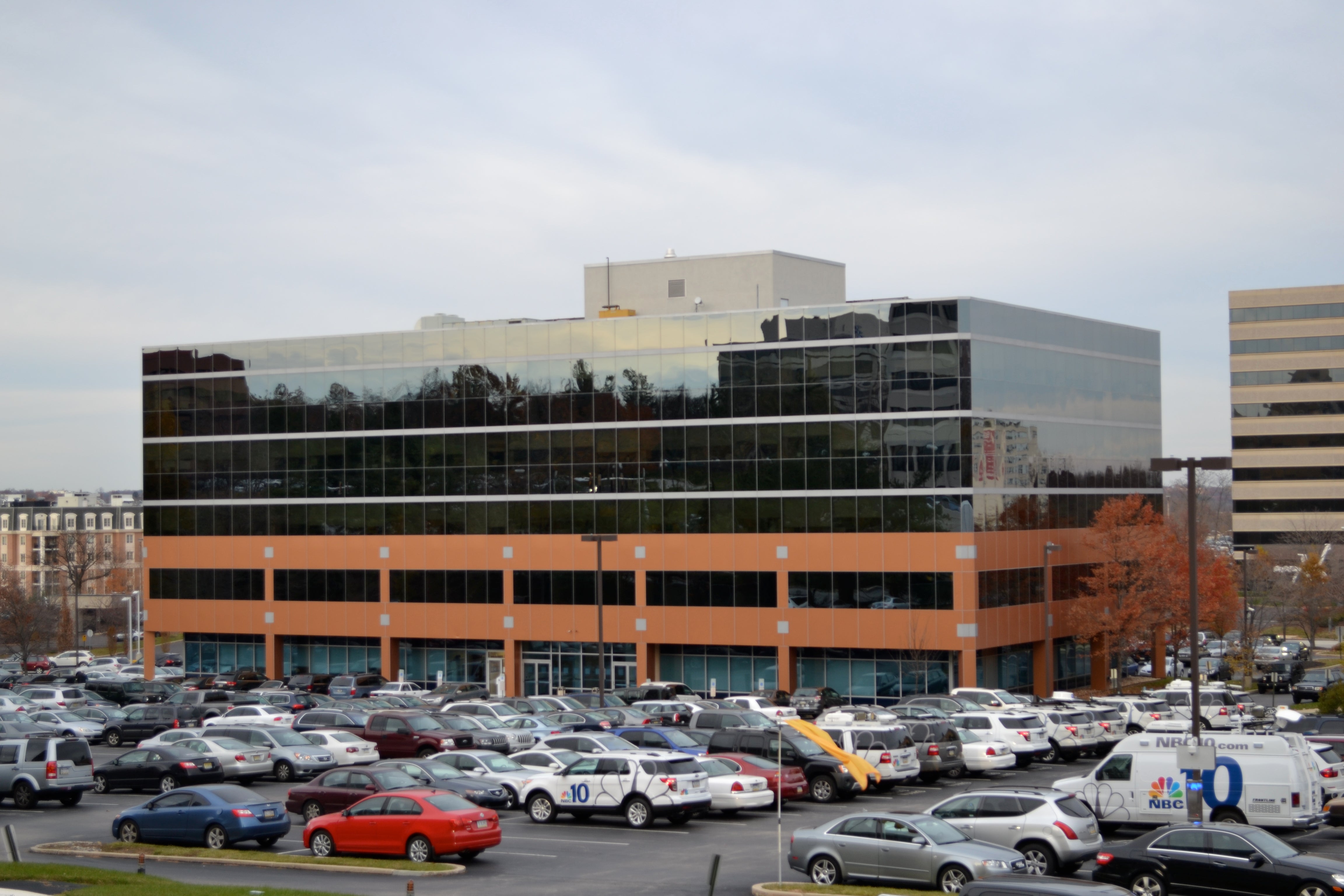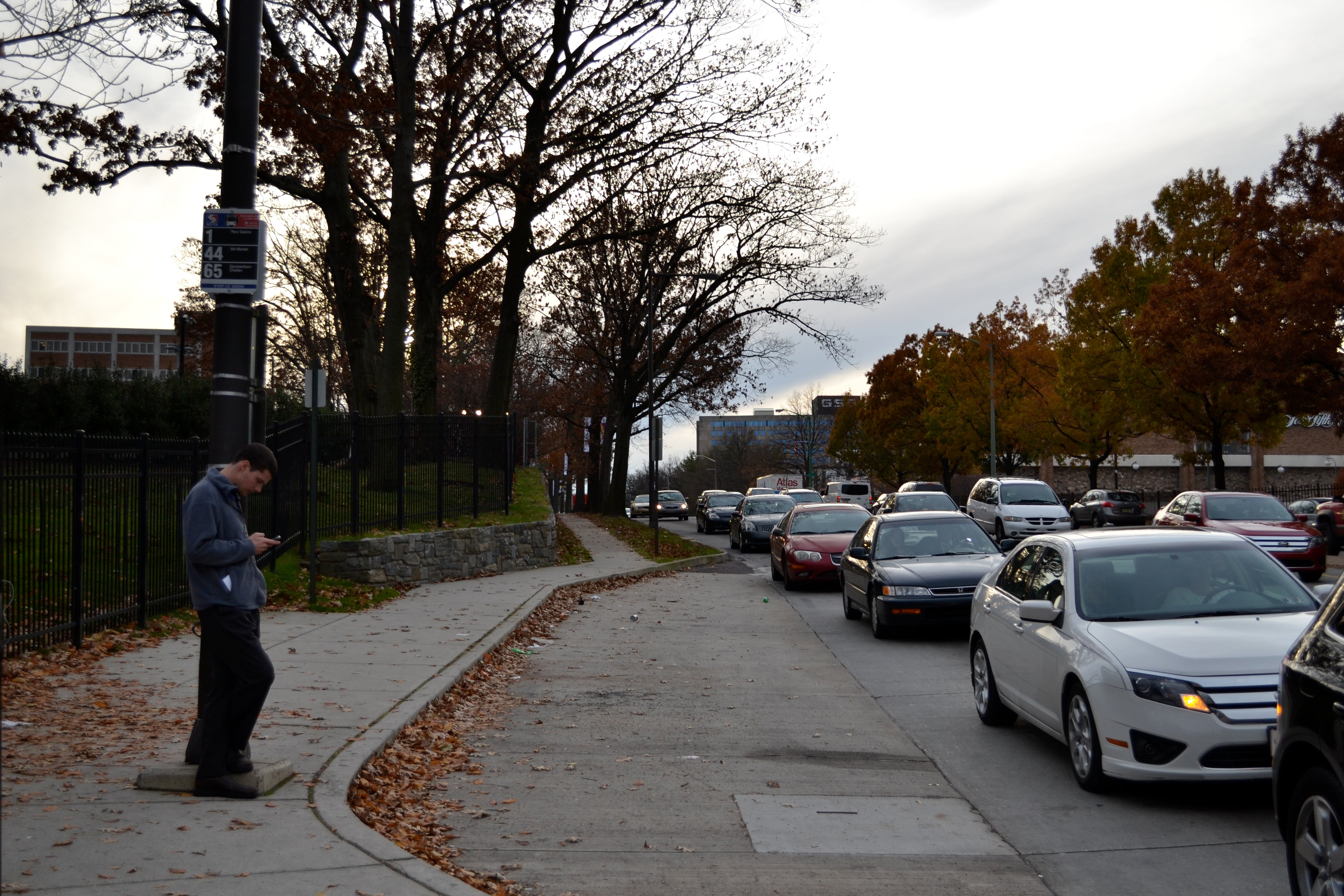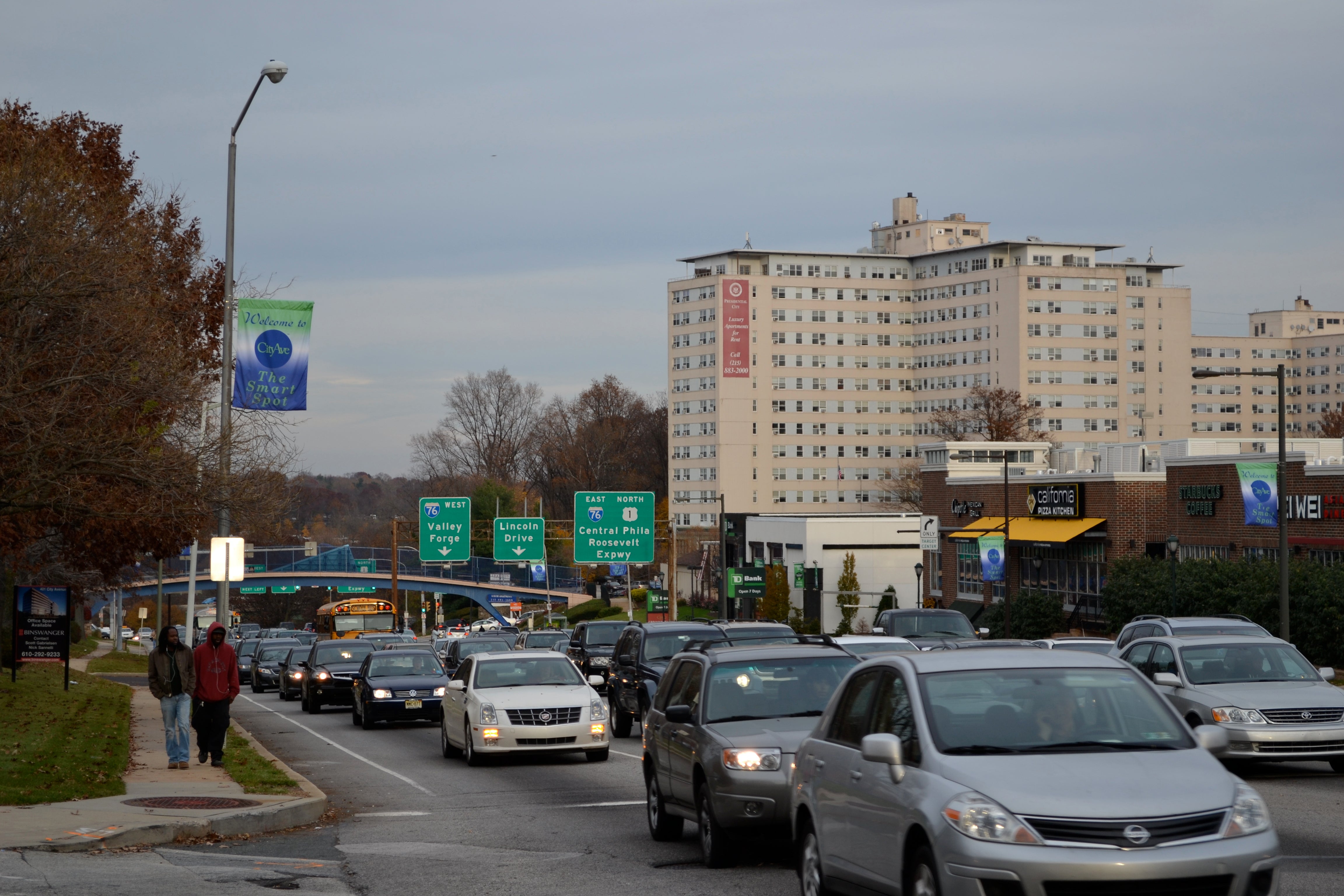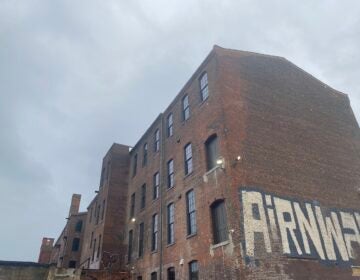City Avenue Transportation Connectivity Plan opened to public input
The City Avenue Special Services District and Lower Merion Township held the first public workshop to get feedback on the City Avenue Transportation Connectivity Plan – a study that will analyze how to get more people to bike, walk and use public transportation along City Ave.
Within the past few years, both Lower Merion Township and the City of Philadelphia have approved new zoning for their respective sides of City Ave. The rezoning process was lengthy and highlighted a need to look at transportation connections and pedestrian conditions, said Angela Murray, assistant director of community and economic development with the Lower Merion Township.
“One of the recommendations that we kept hearing at the hundreds of workshops… was that there wasn’t [adequate] public transportation on City Ave but there’s seven bus routes and two rail lines,” Murray said.
With funding through a Delaware Valley Regional Planning Commission Transportation and Community Development Initiative grant, the City Avenue Special Services District and Lower Merion Township have begun to study City Ave from the Schuylkill Expressway to Overbrook Station. The effort will increase awareness of public transportation, propose transit service and facility improvements and encourage the use of transit for travel to and from work. The study will also look to promote biking and walking in the corridor, with an overall goal of reducing auto dependence and congestion on City Ave.
“What we’re trying to focus on is what would help to get people to make better use of public transit,” said Terrence Foley, president and CEO of the City Avenue Special Services District. “…It’s really geared to helping us mitigate the traffic congestion issues we have.”
Murray said that at the first workshop some attendees said they would be more likely to commute by bus if they were not afraid the bus would get stuck in rush hour traffic.
With 25,000 employees commuting to City Ave and more and more people commuting from Center City, these concerns are what the district leaders hope to gather and address in the City Avenue Transportation Connectivity Plan.
A main focus will be on how the transit options connect with the regional rail lines, businesses and surrounding communities.
“When there’s a rail station involved it’s always good to look at all roads that lead into a station and make sure they’re comfortable to walk on,” said Greg Krykewycz, DVRPC Office of Transit, Bicycle and Pedestrian Planning manager.
Krykewycz said that while SEPTA is a “player at the table” any changes to transit infrastructure will, for the most part, likely be made by local developers and the municipalities.
He said the study does not seek to change the neighborhood as much as it aims to retain those living and working in the district and “to allow as many people to age in place.”
In this way, the study fulfills a central goal of the TCDI grant, which is a DVRPC initiative to “reverse the trends of disinvestment and decline in many of the region’s core cities and developed communities.”
City Ave Special Services District will hold two more public workshops during the winter of 2013. The group hopes to complete the study by mid-2013.
“We’d like people to let us know, particularly businesses to let us know, what they feel would be helpful and residents to let us know if there are hindrances in their walking routes,” Murray said.
Krykewycz said while implementation is always the challenge with endeavors like this, part of the study will look at potential funding options and develop a strategic plan for moving forward.
“I think they have a really good team,” Krykewycz said. “I think the study itself is off to a great start.”
Contact the reporter at cfisher@planphilly.com
WHYY is your source for fact-based, in-depth journalism and information. As a nonprofit organization, we rely on financial support from readers like you. Please give today.











